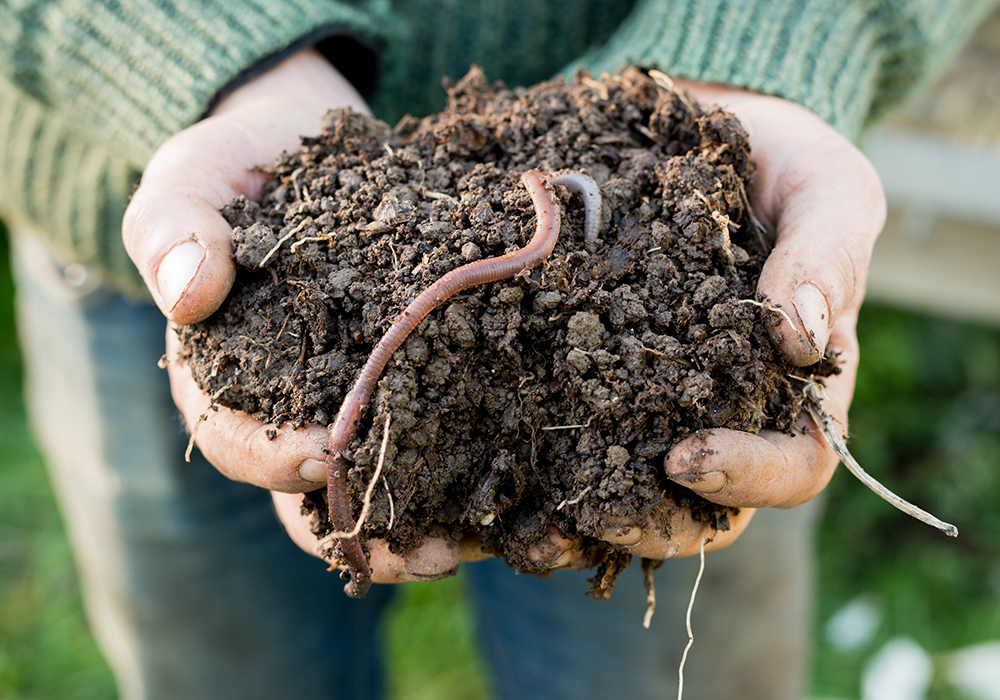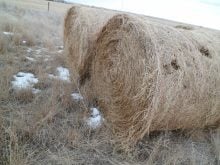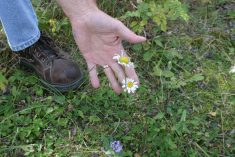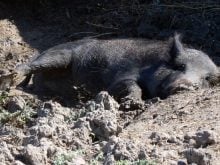The Western Producer has been writing a lot about invasive species recently.
Actually, we’ve been writing about them for a lot longer than that because the majority of our most challenging weeds came from somewhere else, making them the original invasive species.
However, other nasty critters that don’t belong here have been making the news in recent years.
Efforts to keep zebra mussels out of Western Canada’s waterways have soaked up quite a bit of ink because of the threats they would pose to agricultural infrastructure, particularly irrigation equipment.
Read Also
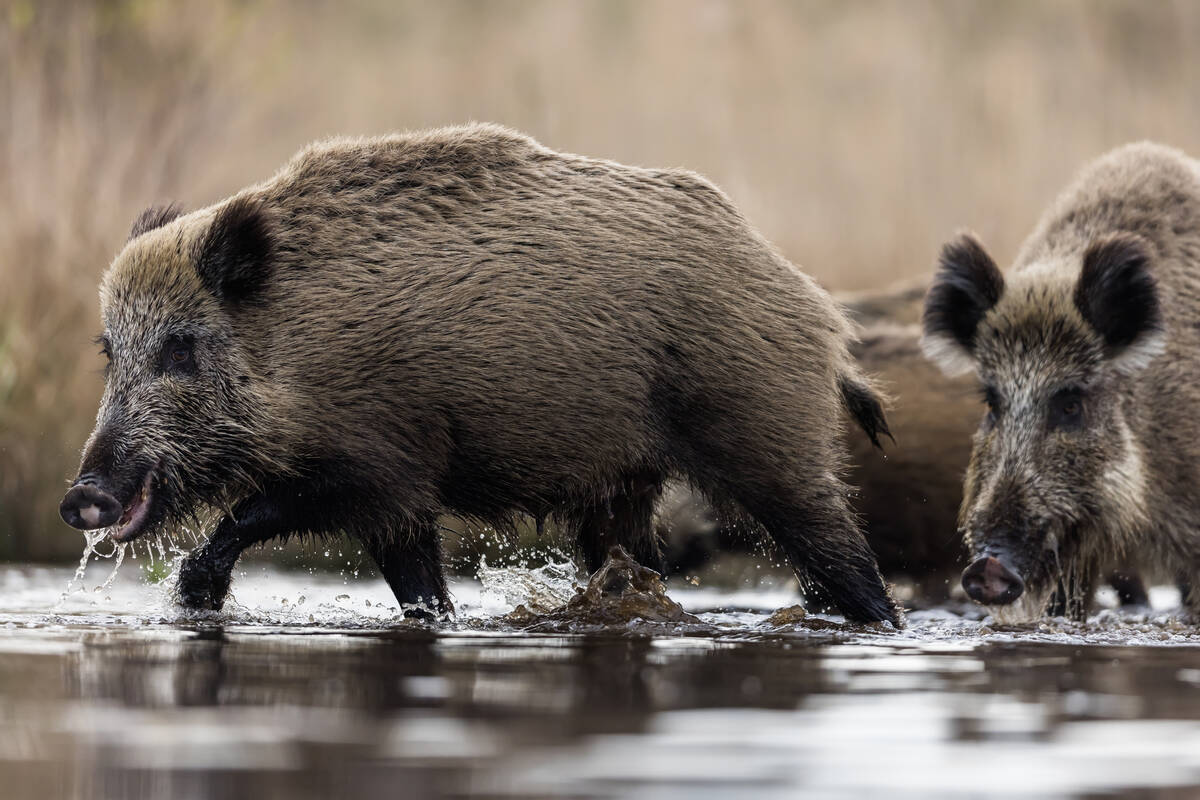
Manitoba bans wild boar possession
Manitoba has tightened the regulatory status of Eurasian wild boar in an effort to help fight back against invasive wild pigs.
And, as faithful readers of the paper have likely noticed, wild pigs are getting a lot of coverage lately.
However, there is one creature that you wouldn’t expect to see on a list of invasive species — earthworms.
The Western Producer has actually written a few stories over the years about earthworms — how they’re good for the soil and a welcome inhabitant of gardens and fields.
Until recently, though, it was news to me that the ubiquitous earthworm isn’t actually indigenous to North America.
Scientists think that any earthworms that once lived here were killed off in the last ice age.
After that, we were an earthworm-free zone until European settlers brought them along for the ride.
For the most part, it was a beneficial hitchhiking experience, especially for producers of food.
As gardeners and farmers have known for decades, earthworms make for healthy soil. They feed on fungi and bacteria and make tunnels and take nutrients and water down into the soil.
However, once earthworms get into forests, it’s a different story. There, they compete with insects for food and can significantly reduce insect numbers.
A recent Globe and Mail story talked about earthworms’ spread into forests and the devastating effect they can have on the number of individual insects, insect species and the total mass of insects on average.
“In Ontario, 18 of our 20 earthworm species meet the threshold of being considered invasive,” Colin Casin, a policy manager at the Invasive Species Centre, told the Globe.
Closer to home, research is being conducted in Alberta, where earthworms are threatening insect numbers in an aspen forest near Barrier Lake.
But it looks like such a harmless little creature.

